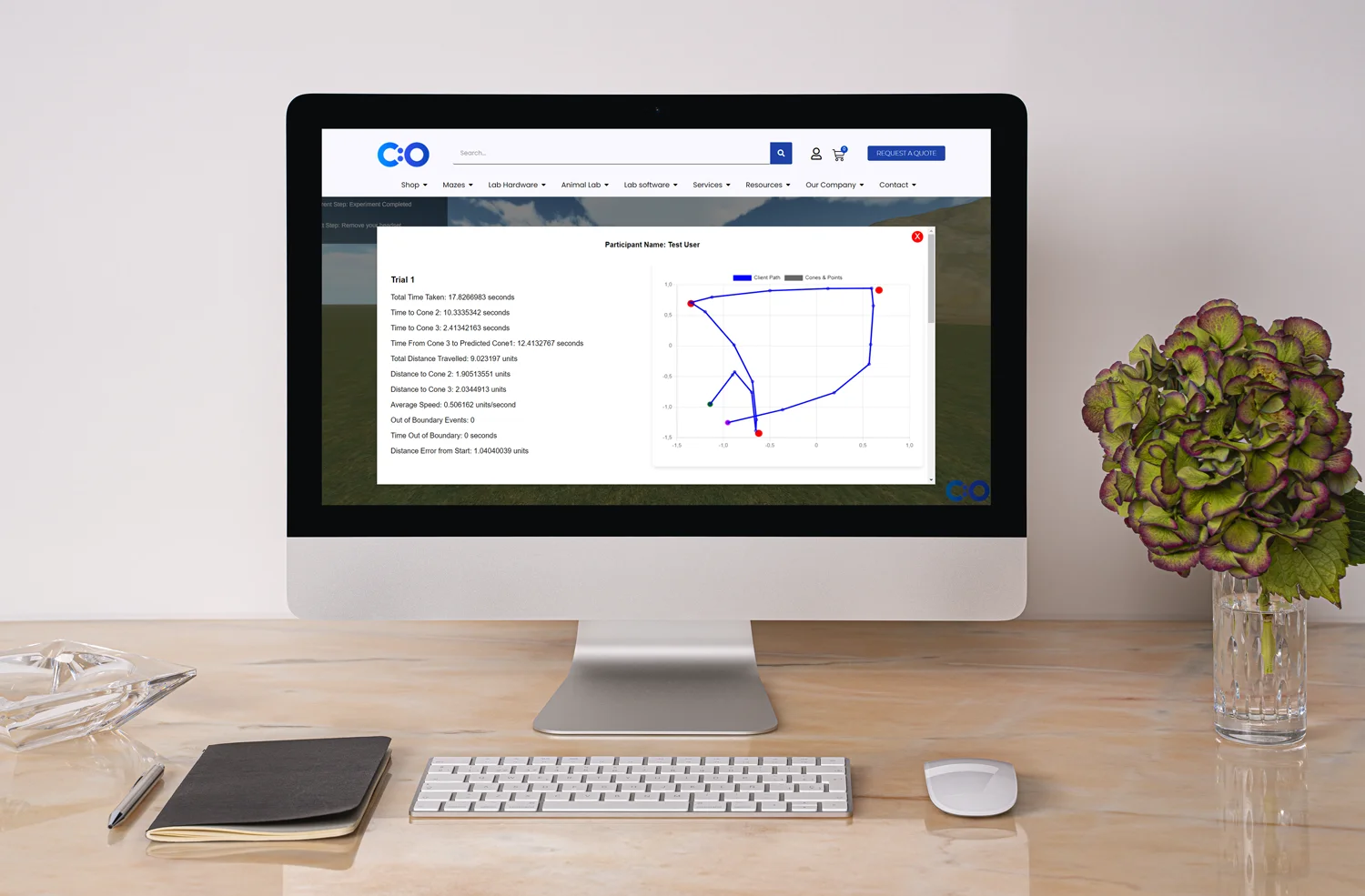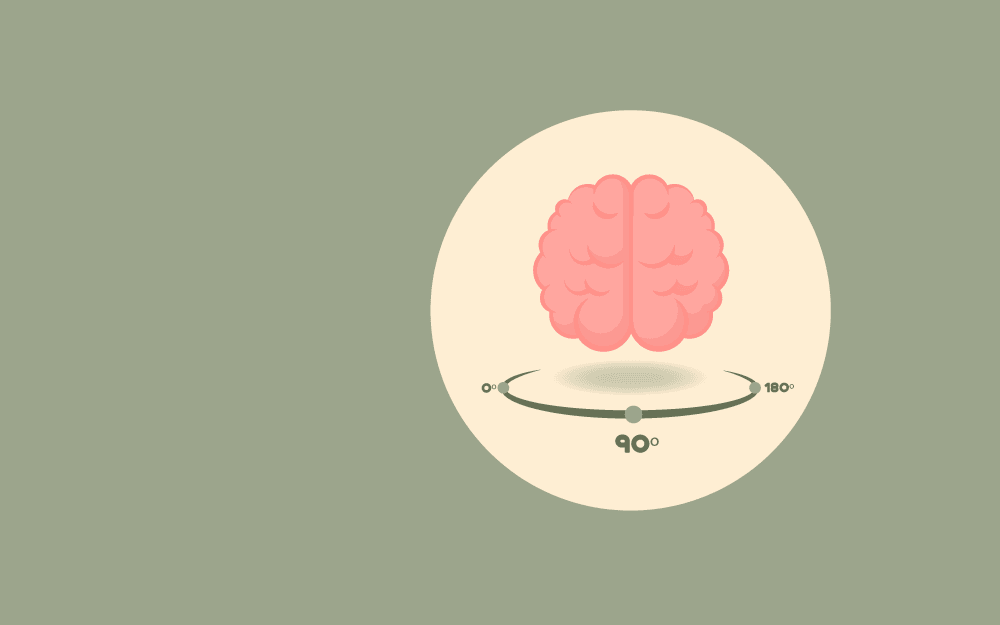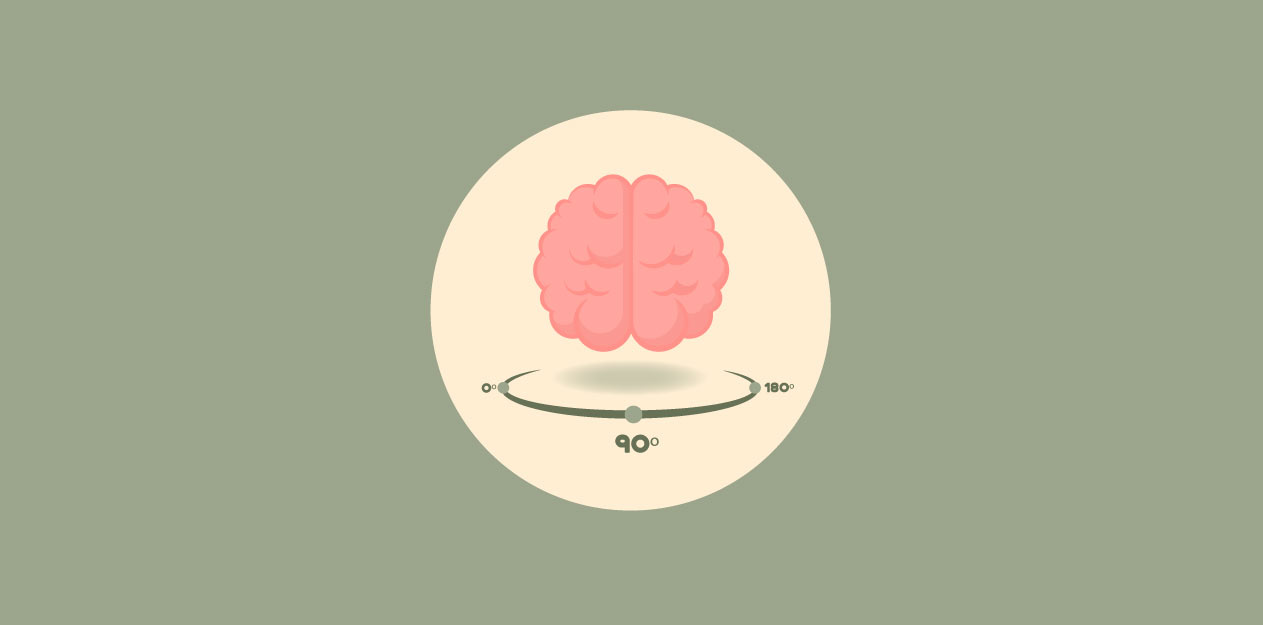

The VR version of the Four Mountains Test developed by Howett et al. (Howett et al., 2019) introduces an immersive environment where participants navigate through a virtual meadow surrounded by mountains. This enhanced version collects additional data on navigation behavior and spatial awareness in a more immersive setting.
The data collected from this test can be broadly categorized into several key areas: accuracy, reaction time, error types, neural correlates, and additionally longitudinal and comparative data.
Howett, D., Castegnaro, A., Krzywicka, K., Hagman, J., Marchment, D., Henson, R., Rio, M., King, J. A., Burgess, N., & Chan, D. (2019). Differentiation of mild cognitive impairment using an entorhinal cortex-based test of virtual reality navigation. Brain, 142(6), 1751-1766. https://doi.org/10.1093/brain/awz116








Dr Louise Corscadden acts as Conduct Science’s Director of Science and Development and Academic Technology Transfer. Her background is in genetics, microbiology, neuroscience, and climate chemistry.
